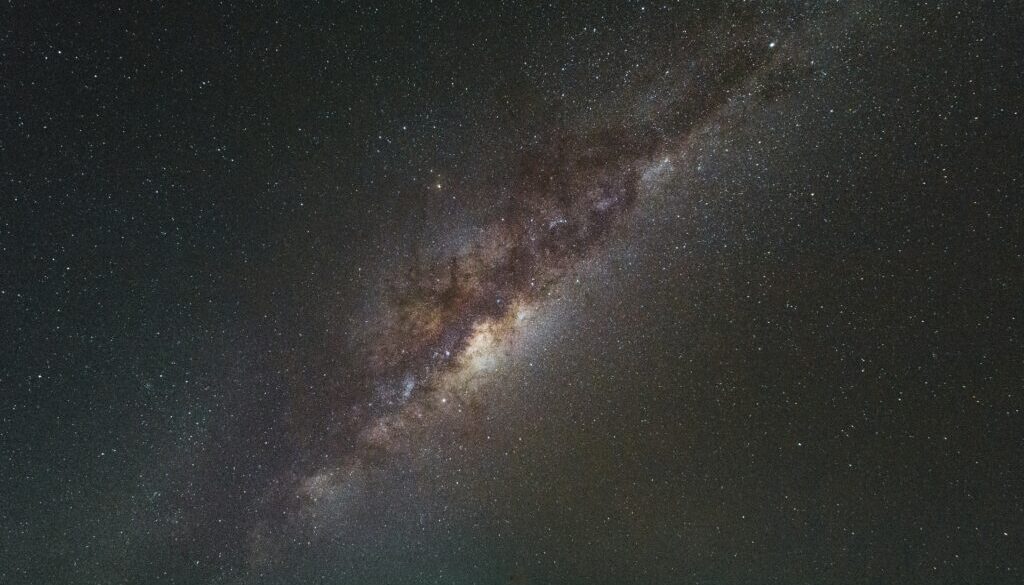Exploring Astrophotography in North Carolina: January 2025 Night Sky Highlights
Astrophotography is a rewarding pursuit, especially in North Carolina, where diverse landscapes and dark skies create a perfect backdrop for celestial exploration. January 2025 offers a unique array of night sky events, making it an ideal time to grab your camera and tripod and capture the wonders of the cosmos.
North Carolina’s Astrophotography Gems
From the Blue Ridge Parkway to the Outer Banks, North Carolina provides exceptional locations for stargazing. The mountainous regions in the west are particularly appealing, offering higher altitudes and minimal light pollution. Popular spots like Mount Mitchell State Park and Pisgah National Forest boast Bortle Class 2-3 skies, where faint stars and the Milky Way are easily visible.
For coastal enthusiasts, the Outer Banks offers stunning views of the night sky over the Atlantic Ocean. Cape Hatteras National Seashore, with its expansive horizons, is perfect for capturing celestial reflections on the water.
What to Expect in the January Sky
January skies are crisp and clear, thanks to lower humidity levels. This clarity allows for sharper images and more vivid starfields. Here’s what you can expect to see:
1. Winter Constellations
The winter sky is dominated by some of the brightest and most photogenic constellations:
- Orion the Hunter: The Orion Nebula (M42), located within Orion’s sword, is a prime target for astrophotographers. It’s bright enough to capture even with a modest DSLR and a telephoto lens.
- Taurus the Bull: The Pleiades (M45), a stunning open star cluster, glimmers in this constellation. Its blue stars surrounded by nebulosity make for a mesmerizing image.
- Gemini: Look for the twin stars, Castor and Pollux, and the beautiful star clusters nearby.
2. Planets
In January 2025, Saturn will be low on the horizon during the early evening, offering opportunities for planetary imaging. Jupiter, shining brightly in the southwestern sky, is another excellent target. Use a telescope to capture their detailed surface features or moons.
3. The Quadrantid Meteor Shower
Peaking around January 3-4, the Quadrantids are among the year’s most spectacular meteor showers. With rates of up to 120 meteors per hour, these fast and bright meteors create a stunning display. Head to a dark site and use a wide-angle lens to photograph the streaks of light as they dart across the sky.
4. The Andromeda Galaxy
Although more prominent in fall, M31, the Andromeda Galaxy, remains visible in the early evening. This spiral galaxy is a stunning subject for long-exposure photography.
5. The Milky Way Core
While the Milky Way’s core is not visible in January, the winter Milky Way still offers a rich tapestry of stars and faint nebulosity, perfect for wide-field shots.
Tips for Successful Astrophotography
- Gear Up: Use a sturdy tripod, a DSLR or mirrorless camera, and a wide-angle lens. For deep-sky objects, a telescope with a tracking mount is essential.
- Plan Ahead: Use apps like Stellarium or SkySafari to locate celestial objects and plan your compositions.
- Bundle Up: January nights can be cold, so dress warmly and bring hot drinks to stay comfortable.
Astrophotography in North Carolina during January 2025 promises a treasure trove of opportunities. Whether you’re chasing meteors, capturing nebulae, or simply enjoying the tranquility of the night sky, this is the perfect time to let your creativity shine under the stars.

